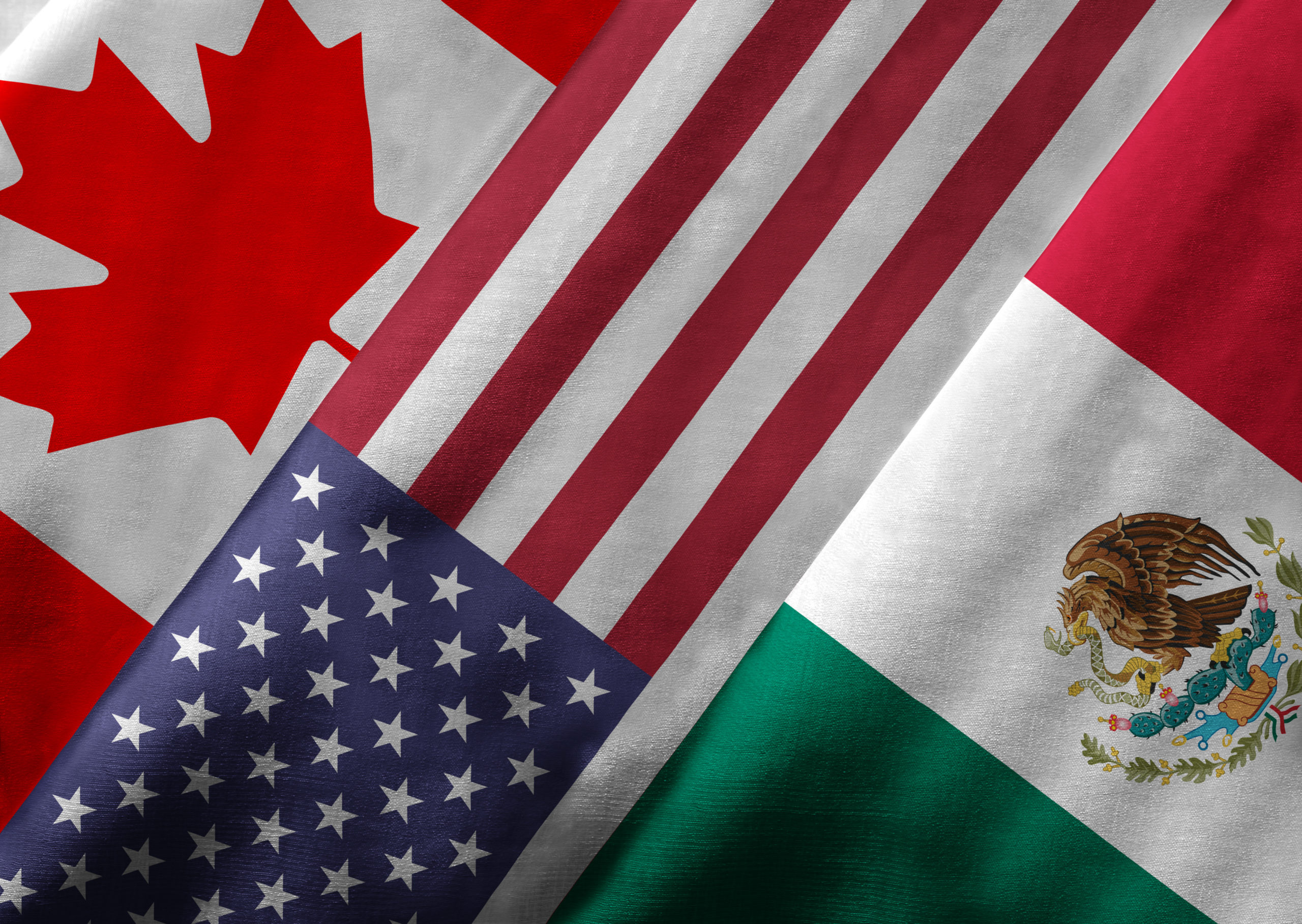Positive Impacts of International Trade
Economic Growth & Efficiency
International trade serves as a powerful engine for economic growth. When countries specialize using comparative advantage (focusing on what they do best) and trade, the world simply produces more overall. Key groups like the WTO play a vital role by promoting free trade principles and lowering barriers. Evidence shows this boosts trade, nearly tripled average per capita incomes (1995-2023), and made a real dent in extreme poverty. Models even predict severe harm if the WTO were dismantled.
Consumer Benefits
Consumers gain clear advantages: access to a wider selection of goods, often lower prices driven by competition (a big help for lower-income households, similar to how local store competition works), and sometimes higher quality. While tariffs (a form of protectionism) make imports pricier, trade agreements often deliver value beyond the sticker price. For instance, analysis of EU deals showed quality improvements worth billions in savings.
Innovation & Knowledge Diffusion
Trade serves as an important pathway for spreading innovation and knowledge, often embedded within the goods and services being exchanged. While patents encourage invention, trade provides the essential channels for these innovations (like in AI, green hydrogen, EVs) to reach new markets, sparking further development. However, I found a clear "digital divide," showing some developing nations lag in exporting tech, meaning benefits still need to reach everyone.
Broader Knowledge Exchange
Beyond just moving goods, international trade creates vital connections for exchanging ideas, management approaches, production techniques, and other valuable knowledge. This cross-border learning lets countries see and adopt effective practices from elsewhere, which can spark widespread productivity gains and significantly aid a country's economic development path.
Potential for Promoting Peace
There's a theory, economic interdependence, suggesting that strong trade and investment links raise the cost of conflict for everyone involved. This shared economic interest can push nations towards cooperation and discourage hostility, essentially making cooperation better business than conflict. However, this potential peace-promoting effect isn't guaranteed; it depends on conditions like trade imbalances, fights over resources, or general political instability.
Negative Impacts & Challenges
Job Displacement & Adjustment Costs
While trade may grow the overall economy, it can impose heavy adjustment costs on specific industries and workers. It's sometimes like a rising tide that lifts many boats but can swamp others unprepared for change. Intense import competition, like the well-documented "China Shock" on US manufacturing, can trigger major job losses, depress wages, and reduce labor force participation in affected areas.
Labor Standards & Inequality
The complex Global Supply Chains (GSCs) driving modern trade (often involving outsourcing) can resemble a long chain, potentially weak in some links. Production might occur where labor laws are poorly enforced, leading to risks of poor conditions (what the ILO calls "decent work deficits"), safety problems, or wage discrimination (like the gender pay gap seen in Pakistan's garment industry). Rising *within*-nation inequality (which OECD notes can hinder growth) is also a significant concern linked to globalization.
Case Study: NAFTA (Now USMCA)

The North American Free Trade Agreement (precursor to USMCA) offers a case study about the complexities and uneven benefits often seen in major trade liberalization efforts.
Criticisms & Challenges
- Heavy reliance on few partners can make economies more vulnerable to shocks like recessions or tariff changes.
- Critics argue Mexico didn't realize expected gains, pointing to slower per capita GDP growth (0.9%) compared to other Latin American nations (2%) post-NAFTA.
- Slow poverty reduction and stagnant real wages led some critics to claim the "end result has been decades of economic failure."
Reported Benefits (incl. FDI)
- NAFTA successfully boosted overall trade volumes between the three member nations.
- It attracted increased Foreign Direct Investment (FDI) into the region.
- The agreement contributed to the integration and efficiency of regional supply chains.
This ongoing debate shows the difficulty in making a simple judgment on the net benefits and impacts of these large-scale agreements.
Conclusion: A Complex Balance

Based on my research, I lean towards the positive side, but international trade is definitely a mixed bag. There are compelling upsides like driving economic growth, benefiting consumers with choice and better prices, and sparking innovation, leading to real overall gains.
Yet, the downsides carry significant weight: job losses hit some communities hard, there are ethical questions about labour standards, and the benefits from trade deals aren't always shared fairly. It seems there are few cases of a perfect win-win.
So while I believe the net impact can be positive, it's crucial that we have effective policies, both at home and internationally, designed to cushion the negative blows (like adjustment costs) and make sure the economic gains from trade liberalization are spread more evenly.